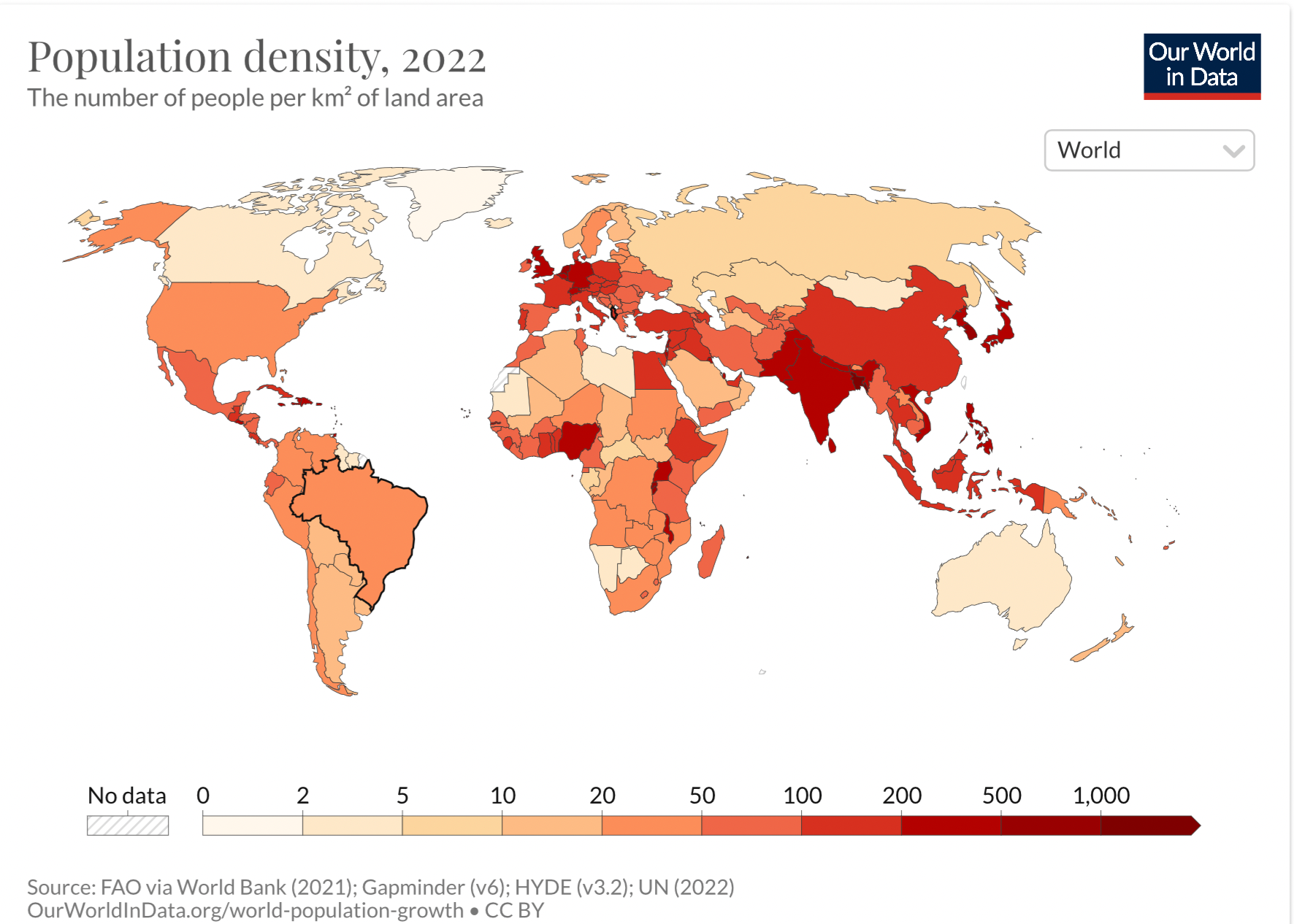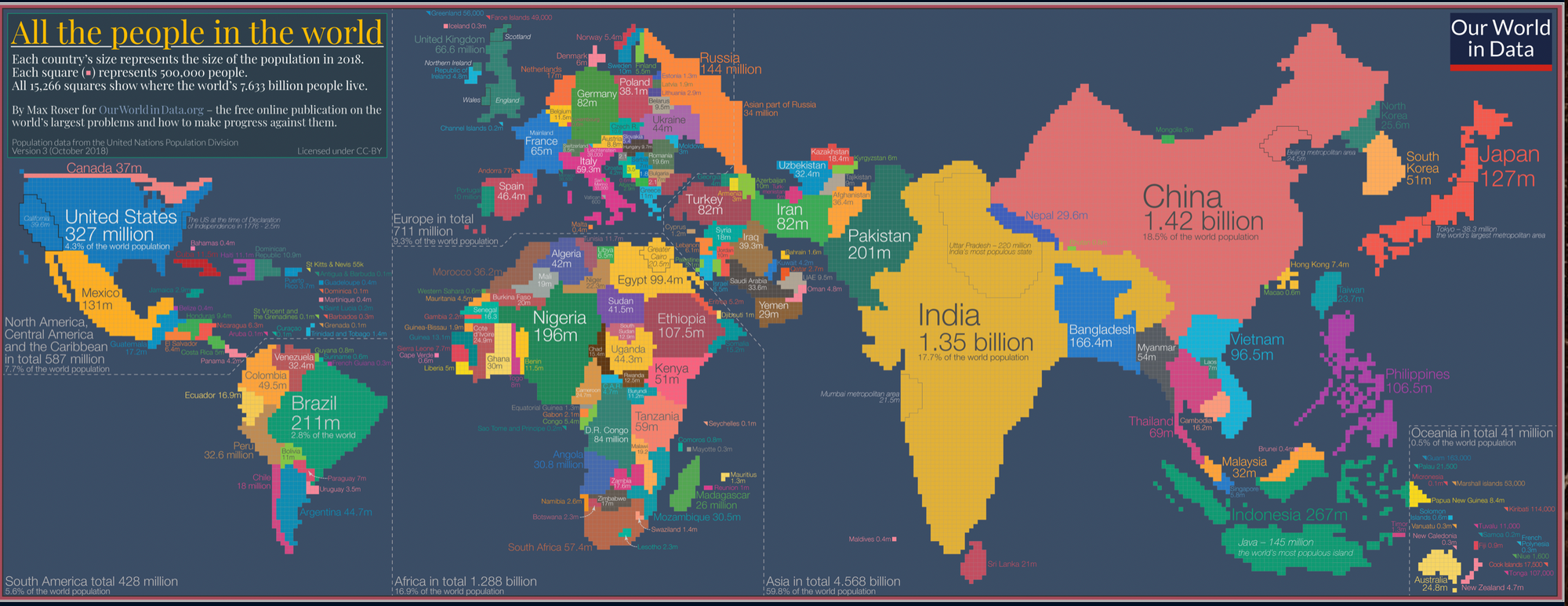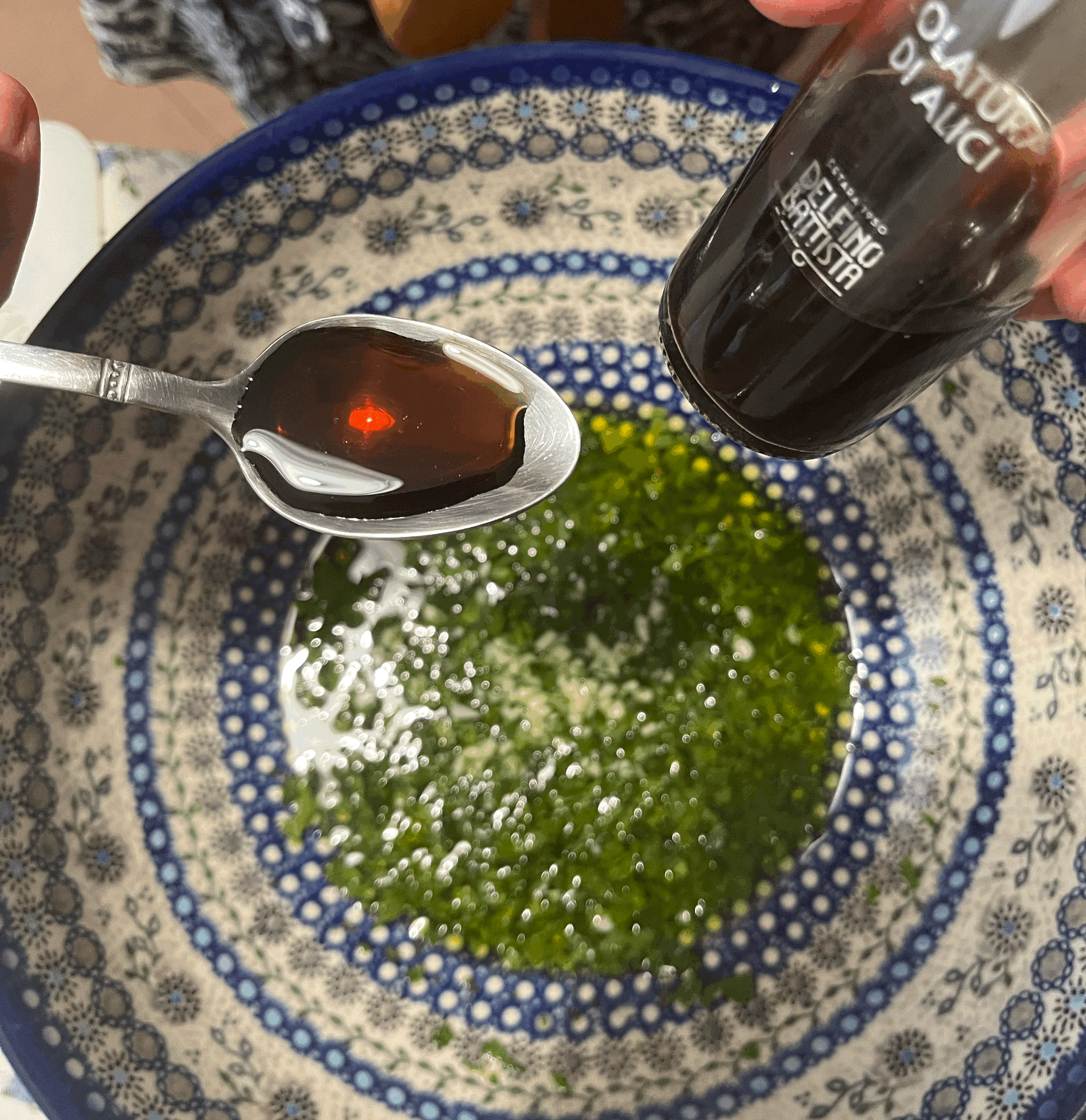Meet Your New Neighbor, Food
There’s no question we need to do better when it comes to feeding a growing population. Kilometer Zero, a program started by the Slow Food Movement, has the potential to not only feed it but reshape the entire world.
Growers Taking the World by Storm the Shortest Path Possible
When I was child, we used to visit my grandmother's farm in lower Michigan, where there was plenty to entertain a young boy. A barn, animals, an old pickup. Even an old tractor tire fitted to a tree for a swing. Though my memory of my grandmother is fuzzy—we didn't visit often and I was twelve when she died—one thing I have carried with me through my life is an affinity for one particular breakfast dish. White rice with brown sugar.
Not many people have heard of or much less tried this simple recipe and most, when they learn of it, try to compare it to rice pudding, a dish of which I'm sure is quite delightful, but one I would've never eaten for the sole reason it called itself pudding, which I did not like then, and still don't. My grandmother, perhaps seeing a way around my idiotic dogma, dropped the term and just called it white rice with brown sugar, which apparently was all it took to convince me to give it a try. It's been part of my food life ever since.
We Are Not Alone
The UN has estimated that the global population will reach 8 billion people on November 15, 2022 and while it is growing at the slowest rate since the mid-1900s it’s predicted to peak at around 10.4 billion by 2080. That’s a lot of hungry mouths to feed, and while this is, of course not new news—back in 1987 we doubled the number of us in the world in just 37 years (for point of reference, it took 125 years back in 1928 to go from 1 to 2 billion)—it is a number experts say should not be ignored.
Providing wholesome (sorry, couldn’t resist), healthy and sustainable food to those masses is a challenge of great concern, one for which a solution not unkind to the planet has already been set in motion. It’s called Kilometer Zero and it has the potential to reshape the world for the better.
What is Kilometer Zero
Kilometer Zero, or km 0, which derived from the Slow Food movement as a clear counterpoint to fast food chains, refers to the policy promoting the consumption of local and seasonal ingredients that have not travelled far from the place they were produced. It’s an approach to eating that not only ensures the utmost freshness in flavor and allows communities to embrace their regional identity, but minimizes the environmental impact that the transport of such product entails, in particular the consumption of fossil fuels and emission of carbon dioxide.
In America we’ve heard it called Farm to Table, or Farm to Fork, and while some restaurants have abused those terms for their own shitty gain (adding local parsley to a plate does not make it Farm to Table), many are doing as much as they can to adhere to the practice, and still stay in business. Community Supported Agriculture, or CSA, is another term used, allowing families and individuals to foster, as well as restaurants, a greater connection to and appreciation of food, support the local economy and helping hardworking farm families to benefit from the partnership by planting crops they know have a market.
Eating seasonal food is a powerful action: it requires less resources from farm to fork, meaning lower environmental impact! Not only is it healthier, it also tastes better than food that’s traveled a long way to our plates — from the Slow Food Regener-Action Toolkit
Unfortunately, it’s also costlier. The reason, of course, is that it’s become very expensive, in America at least, to operate a local and organic farm while simultaneously competing with the mammoth food complex of industrialized agriculture. For this reason, farmers, restaurants, bakeries and other food makers have to charge more for their menu, making it very difficult for anyone without the financial means to eat in this way.
In Italy, however, and in other places throughout Europe and Asia, access to local, seasonal, and flavorful food is nothing new, it’s just the way things have always been done. Food in these places is defined by its simplicity, its freshness and most importantly where it came from. While Farm to Table feels a bit like a marketing concept created to convince consumers to spend more on a new way of eating, in Italy and these other parts of the world, the way of eating came first. Assigning it a name came later. Because the way people eat hadn’t changed, what changed is the way the food industry wanted to feed them.
Food, the Commodity
According to Our World in Data, a nonprofit dedicated to better understanding and presenting the most terrifying challenges the world faces, most of the population growth that has happened since the dawn of mankind 12,000 years ago occurred very recently, in the last two hundred years or so, when it exploded from around 1 billion people in 1800, increasing 7-fold since then. In fact, for the bulk of the time homo sapiens has been trolling the planet (yes, you read that correctly), the world population was well under 1 million, a level seriously and perpetually in danger of extinction.
So it’s no wonder the food industry changed. It recognized a need and pounced on the opportunity. With help from the government it, along with several other powerful lobbying groups, began in the 1950s to shape ideology, redesign the economy and marginalize a public who once took for granted things like food, safety and health.

Though current global growth rates are declining after two centuries of rapid increase, it’s doubtful we will change these bad policies anytime soon. Add to it the fact that the current population density (pictured above) suggests that feeding people is an isolated problem (those countries in red). But if we truly want to understand the scale of the problem and see how global living conditions are changing, we need to reconsider how we look at population density.

The population cartogram pictured above provides a more geographical presentation of the world, where the sizes of the countries are not drawn according to the distribution of land, but according to the distribution of people. This is the kind of data needed to understand that when we talk about feeding, say people living in the United States, it is very different from feeding those in India, or Russia, or even Cuba. Food is not a one-size fits all kind of industry, which is what regulation would like us to believe, because Big Food means Big Business.
However, the FDA reports that the US imports around 15% of its overall food supply from more than 200 countries or territories. The reason is shared in the first line of its statement on Strategy for the Safety of Imported Food:
“American consumers seek a safe, diverse, and abundant food supply that is simultaneously affordable and available throughout the year.”
As a result of its unsatiable appetite the US imports food from India, China, and Thailand, all of which are shown on the cartogram as having an unequally distributed population, which amounts to taking food from where it fulfills a basic need and moving it, at great economic, environmental and flavor expense, to a place where it’s scratching an imagined itch, inflated by money, by ego, and by manufactured consent through corporate propaganda.
Help Yourself, Help Others
I know that's a mouthful of reasons, but we need to be better about supporting a food policy similar to Kilometer Zero (I suggest we scrap Farm to Table as it’s too far gone from saving due to the greed of a few asshole offenders). Doing so means helping not only ourselves to the freshest, most flavorful food available, while causing as little harm to the planet as possible, but also encourages producers and consumers elsewhere that the food they grow locally is sold where it’s most needed: at home.
Food is part of our identity. It informs us of who we are, where we came from, our connection to the land. Recipes and culinary traditions are passed down through generations, where something as simple as putting brown sugar on white rice or choosing what kind of pasta you eat with what sauce is unique to the place you were raised.
The cycle of nature is not a thing we should be trying to overcome by shipping food around the world, but an idea of which to embrace, to become part of and celebrate, as at every turn of every season we find the opportunity to enjoy whatever is nature’s next provision.
To learn more about the local food movement in the U.S. or better yet, find a CSA in your own backyard, click here. To learn more about Kilometer Zero in Italy, visit a local market in just about any town, and many other places that sell food, they are, to borrow a term, adundant.



